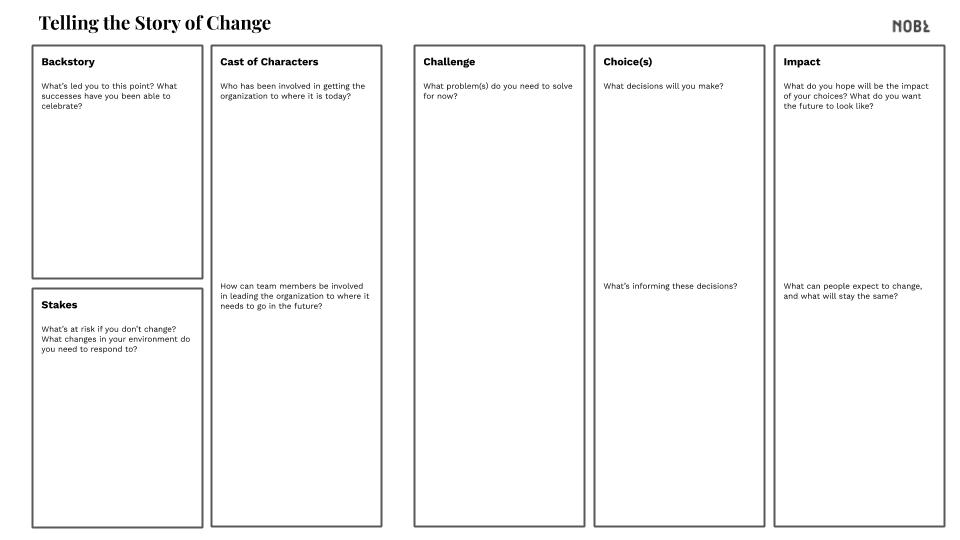With the holiday season upon us, we’re reminded of the uniting power of storytelling and ritual, even (or especially) in the most difficult of times.
The story of this year has been one of hardship, loss, and uncertainty. But it has also been a story of resilience, heroism, and unexpected silver linings. Though we’ve each related to the circumstances of 2020 differently, the experience we share is deeply profound—as a global society, we’ve gone through the unfathomable together. By simply existing at this moment in time, we’ve become connected. We have a shared story.
Research tells us that the act of storytelling has a significant impact on changing the ways in which we behave and evolve. Our brains literally respond differently when we receive information in the form of a narrative rather than a simple list of facts. It’s evident in the ways that religion has called on storytelling to cement beliefs for millennia, or how easy it is to recall the plot of a film you watched when you were a child, even when you can’t remember the details of a meeting that happened yesterday.
As Marshall Ganz writes, “stories are how we learn to make choices. Stories are how we learn to access the moral and emotional resources we need to face the uncertain, the unknown, and the unexpected mindfully.”
Though branding and marketing teams have been leveraging the power of storytelling for decades, it’s a skill set that can be overlooked among leadership more broadly, especially when sharing information internally. The default is often to jump to sharing solutions or decisions— grounding team members in what needs to be done, rather than why it’s needed in the first place. But people don’t want a solution for a problem they don’t know or believe exists. If you want your team to feel part of a change, they need to see themselves in the narrative of where you’ve been, and where you’re going. They need a story that can capture and hold their attention.
We’ve put together a simple framework to help tell the story of change within your organization. It can be used for small shifts or major transformations—just remember to add a little bit of heart and soul.









The Evolutionary Edge
Every Link Ever from Our Newsletter
Why Self-Organizing is So Hard
Welcome to the Era of the Empowered Employee
The Power of “What If?” and “Why Not?”
An Adaptive Approach to the Strategic Planning Process
Why Culture/Market Fit Is More Important than Product/Market Fit
Group Decision Making Model: How to Make Better Decisions as a Team